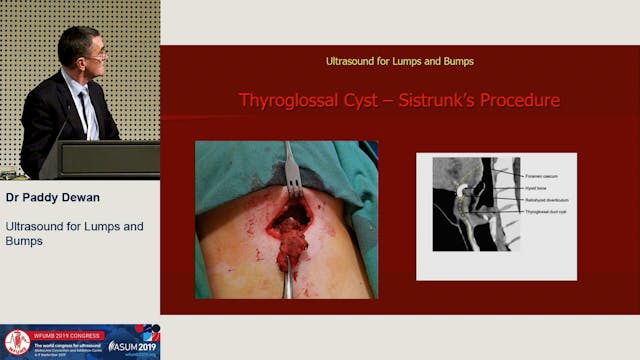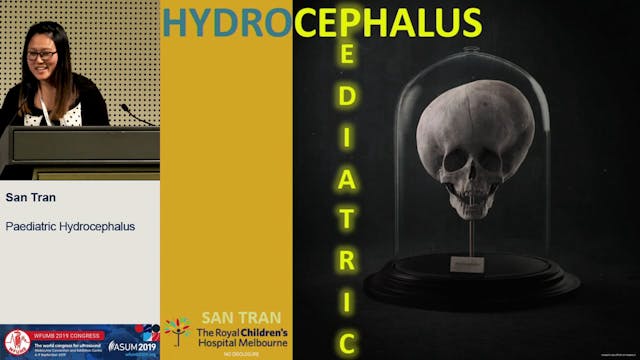Point of care functional cardiac scanning
NEONATAL & PAEDIATRICS
•
28m
Patients in the neonatal intensive care often demonstrate clinical situations where hemodynamic compromise is common. Birth itself is the complex transition from placental blood flow to pulmonary blood flow as predominant provider of preload to the left heart, with redirection of blood flow over the foramen ovale and ductus arteriosus. Added pathology such as birth asphyxia, pulmonary hypertension, septic shock, a patent ductus arteriosus, or hypoxia can make it difficult if not impossible for a bedside clinical to estimate a critically ill infantsí blood flow and cardiac function without adding longitudinal measurements of cardiovascular function.
The understanding of the need for hemodynamic assessment in the neonatal intensive care setting and the evolution of point of care functional cardiac scanning has led to changing indications for cardiac ultrasounds, now with more emphasis on function instead of structure. With a self-directed training program and supervision, the bedside clinician will be able to provide a detailed assessment of cardiovascular function, shunts and shunt direction, and exclude most structural cardiac abnormalities. By embracing this new skill set, the clinician can target treatments to the actual pathophysiology and monitor response, and adjust treatments if needed, and thus offer advanced care for any sick newborn.
Up Next in NEONATAL & PAEDIATRICS
-
How can it help; how can it hinder
Not Found
-
AI augmented 3D ultrasound for hip dy...
Developmental dysplasia of the hip (DDH) is a congenital deformity occurring in ª3% of infants. If hip dysplasia is diagnosed early
simple corrections using a soft cast are sufficient but if missed it can
lead to premature osteoarthritis and might require surgical intervention.
More than o... -
Paediatric hydrocephalus - size does ...
Hydrocephalus refers to a pathological condition that occurs when there is an excessive accumulation of cerebrospinal fluid (CSF) in the head. Hydrocephalus can either be congenital, resulting from disturbance in the development of the CSF pathways or alternatively, it is acquired due to secondar...



